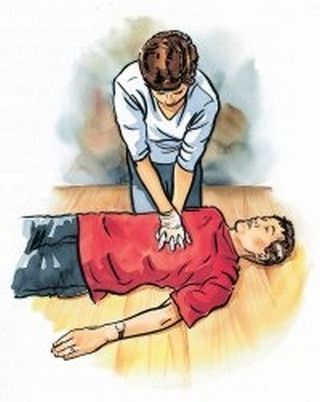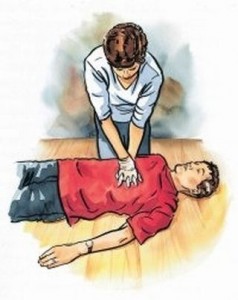Instead of just opting for the standard Adult CPR certification course on the SimpleCPR.com website, you might want to consider instead the Adult, Child, and Infant CPR certification course. Both training coures are the same price, but one contains far more information: the care and resuscitation of children, toddlers, and infants. Also known as pediatric CPR, child and infant CPR is extremely valuable to everyone, not just those who are in frequent contact with young children due to occupation or home life.
Most people assume that just because they do not have children or are in an occupation that works with children, that they have no need to learn child and infant CPR. This, though, could not be farther from the truth. Most of us have family members or friends with young children; we have gone to birthday parties of nieces or nephews, or have even supervised pool time for the neighbor’s children. No matter what the situation, most people have been or will be in situations where it is very likely that a child could have an accident that involves choking or cardiac arrest.
No one wants to be feel helpless in the event of an emergency, especially when lives are on the line. There are special rules for reviving children or infants who have suffered from cardiac arrest, just as there are special techniques to helping a child or infant if they are choking. These techniques can be easily learned through online CPR courses that can teach you how to react if you witness a child or infant that is in danger. Don’t be caught unable to help: learn how to save a child from an emergency by choosing to take an online CPR course. Become certified in child and infant CPR – it will save lives.




